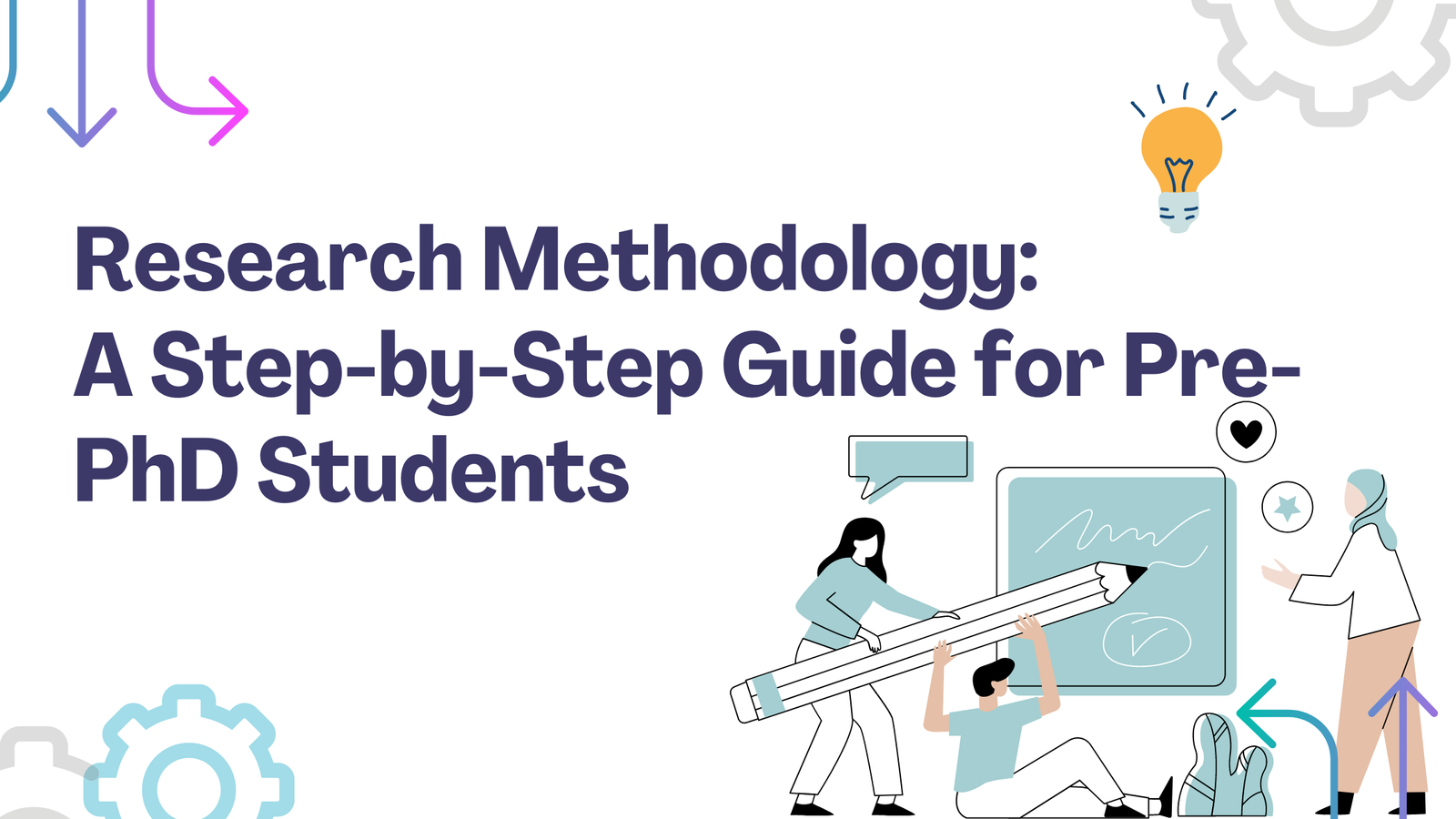Machine Learning in Production
Machine Learning in Production
Introduction
Machine Learning (ML) has transitioned from an academic pursuit to a critical enabler of modern applications, powering innovations in diverse industries like healthcare, finance, retail, and technology. While building an ML model might seem like the most significant challenge, deploying it into production introduces a new realm of complexity. Productionizing ML involves integrating the model into an application or system so it can serve predictions, scale efficiently, and provide actionable insights reliably. This essay explores the intricacies of ML in production, from model deployment strategies to monitoring and maintaining production-grade systems.
Chapter 1: The Journey from Research to Production
1.1 From Experimentation to Deployment
Machine learning development typically begins with research and experimentation. Data scientists explore datasets, engineer features, and train models using frameworks like TensorFlow, PyTorch, or Scikit-learn. However, models in Jupyter notebooks rarely translate directly into deployable assets.
The transition involves:
-
Code Refactoring: Moving from exploratory scripts to clean, maintainable code.
-
Environment Standardization: Ensuring consistent dependencies, configurations, and execution environments.
-
Optimization: Tailoring the model for performance, such as quantization or pruning.
1.2 The Production Gap
A major hurdle in ML production is the gap between development and deployment environments. Issues often arise due to:
-
Data Mismatch: Discrepancies between training and inference data.
-
Infrastructure Differences: Variations between local and production compute environments.
-
Pipeline Integration: Challenges in integrating the model with APIs, databases, and other components.
Chapter 2: Key Components of ML in Production
2.1 Data Pipelines
Data pipelines are the backbone of ML systems. They automate the process of extracting, transforming, and loading (ETL) data to ensure models receive accurate, up-to-date information.
Key considerations include:
-
Scalability: Handling large data volumes.
-
Real-Time Processing: Ensuring low-latency pipelines for live applications.
-
Data Validation: Catching anomalies or missing values before inference.
2.2 Model Serving
Model serving involves deploying the trained model so it can process requests and return predictions. Common approaches include:
-
Batch Inference: Running predictions on large datasets periodically.
-
Real-Time APIs: Using REST or gRPC APIs to serve predictions in milliseconds.
-
Edge Deployment: Running models on local devices for low-latency applications.
Tools like TensorFlow Serving, TorchServe, and FastAPI facilitate efficient model serving.
2.3 Infrastructure and Orchestration
Scaling ML systems requires robust infrastructure and orchestration tools. Cloud platforms like AWS, Azure, and GCP provide managed services, while containerization tools like Docker and orchestration systems like Kubernetes enable scalable deployments.
Key tasks include:
-
Auto-Scaling: Dynamically adjusting resources based on load.
-
Load Balancing: Distributing requests across servers.
-
Fault Tolerance: Ensuring system resilience against failures.
Chapter 3: Monitoring and Maintenance
3.1 Monitoring Models in Production
Deploying a model is not the end of the ML lifecycle; ongoing monitoring is essential to ensure its performance and reliability.
Key metrics include:
-
Model Performance: Accuracy, precision, recall, and F1 score.
-
Data Drift: Changes in input data distributions over time.
-
Prediction Latency: Response time for inference requests.
Tools like Prometheus, Grafana, and specialized ML monitoring platforms such as EvidentlyAI help track these metrics.
3.2 Model Retraining and Updating
Models in production can become stale as data evolves. Automated retraining pipelines ensure that models remain effective by:
-
Continuously collecting labeled data.
-
Periodically evaluating model performance.
-
Triggering retraining when performance drops below a threshold.
CI/CD pipelines for ML (MLOps) streamline this process, using tools like Kubeflow, MLflow, or Amazon SageMaker.
Chapter 4: Challenges in ML Production
4.1 Scalability
Handling large-scale applications requires careful attention to:
-
Efficient model architectures (e.g., transformer models for NLP).
-
Distributed computing frameworks like Spark or Dask.
-
Cost optimization strategies to manage cloud expenses.
4.2 Ethical and Legal Considerations
Deploying ML in sensitive applications requires compliance with regulations like GDPR or CCPA. Ethical concerns, such as bias and fairness, must also be addressed by:
-
Conducting fairness audits.
-
Implementing explainable AI techniques.
-
Ensuring transparency in decision-making.
4.3 Security
ML systems are susceptible to adversarial attacks, data leaks, and other security threats. Measures to mitigate these risks include:
-
Encrypting data in transit and at rest.
-
Validating inputs to prevent adversarial manipulation.
-
Securing model endpoints with authentication and authorization mechanisms.
Chapter 5: Emerging Trends and Future Directions
5.1 AutoML and No-Code Platforms
AutoML tools like Google AutoML and H2O.ai democratize ML by automating model selection, hyperparameter tuning, and deployment. Similarly, no-code platforms enable domain experts without technical backgrounds to build and deploy ML solutions.
5.2 Federated Learning
Federated learning allows models to train on decentralized data without compromising privacy. This approach is gaining traction in industries like healthcare and finance, where data sensitivity is paramount.
5.3 Edge AI
Edge AI is revolutionizing applications by bringing inference capabilities closer to users. From smart cameras to autonomous vehicles, edge deployment reduces latency and bandwidth usage.
5.4 Responsible AI
As ML adoption grows, there is increasing focus on developing responsible AI frameworks to ensure fairness, accountability, and transparency.
Take aways
Deploying machine learning models into production is a multifaceted challenge that demands expertise in software engineering, data science, and operations. From building scalable pipelines to monitoring performance and addressing ethical considerations, ML in production encompasses a broad spectrum of tasks. By adopting best practices and leveraging cutting-edge tools, organizations can harness the full potential of machine learning to deliver impactful, reliable, and scalable solutions.
Latest Posts

Difference between Qualitative and Quantitative Research with Example
Research methodologies can be broadly categorized into qualitative and quantitative approaches. This article explores these differences using an example, including the use of statistics.

What is Qualitative Research Methodology, Methods and Steps
This comprehensive guide delves into the key aspects of qualitative research methodologies, supported by an example and insights into the qualitative research process.

Prim's Algorithm: Understanding Minimum Spanning Trees
Prim's Algorithm is a greedy algorithm used to find the Minimum Spanning Tree (MST) of a weighted, undirected graph.

Huffman Coding Algorithm Tutorial
Huffman Coding is a widely used algorithm for lossless data compression. It assigns variable-length codes to input characters, with shorter codes assigned to more frequent characters.

A step by step approach to learn Greedy Algorithm - Data Structure and Algorithms
A greedy algorithm is an approach for solving problems by making a sequence of choices, each of which looks best at the moment.

How to write an APA-style research proposal for PhD Admission
Writing a research proposal in APA (American Psychological Association) style involves adhering to specific formatting guidelines and organizational structure.

25 steps for Writing a Research Proposal: From Doctoral Research Proposals to Grant Writing and Project Proposals
In this How to write a research proposal guide, we break down the process of writing a research proposal into 25 detailed sections.

Mastering Linear Regression: A Comprehensive Guide to Data Collection and Analysis for Predictive Modeling
This article provides a comprehensive guide to mastering linear regression, focusing on data collection and analysis.

Apple Unveils Groundbreaking AI Innovations at WWDC 2024: Introducing Apple Intelligence and Siri's ChatGPT Integration
Apple's WWDC 2024 introduces Apple Intelligence, revolutionizing AI integration with smarter Siri, ChatGPT capabilities, and innovative features across iOS, iPadOS, and MacOS for enhanced user experience.

Research Methodology: A Step-by-Step Guide for Pre-PhD Students
research is a journey of discovery, and each step you take brings you closer to finding answers to your research questions.